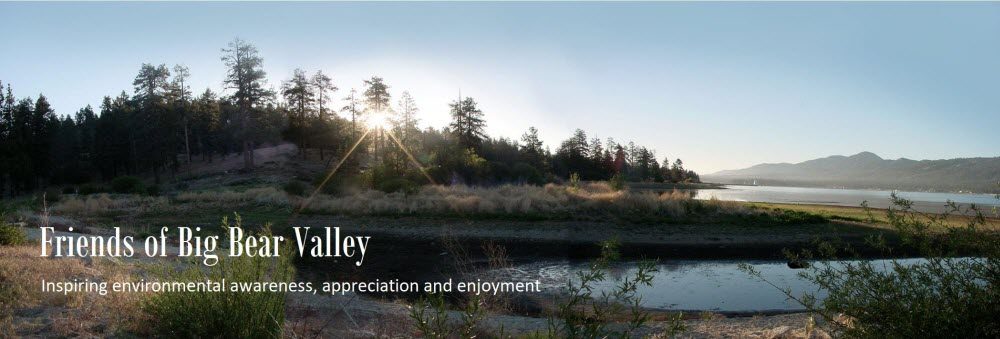14 August 2023
Groups Sue Forest Service Over Massive “North Big Bear” Tree Removal Project
Project Would Increase Wildfire Threats to Community and
Harm Nationally Famous Bald Eagle Nest Site
Big Bear, CA—Conservation groups, Friends of the Big Bear Valley (Friends), John Muir Project (JMP), and San Bernardino Valley Audubon Society filed suit on Friday against the US Forest Service in order to stop the proposed 13,000-acre “North Big Bear” massive tree removal project that lacks the legally required environmental impact analysis, impact mitigation and project plan details. The project as it currently stands would dramatically increase wildfire threats to adjacent human communities and would severely harm an iconic and nationally-famous Bald Eagle pair and their nest site.
The North Big Bear project was planned by the San Bernardino National Forest near Big Bear, California, on the north side of Big Bear Lake, ostensibly to reduce the likelihood and severity of wildfires. The Forest Service proposes to remove tens of thousands of trees from public lands, including an undisclosed number of mature and old-growth trees in Bald Eagle habitat, claiming that our forests are too dense and that removing trees will curb wildfires and stop them from reaching nearby homes. But Friends and JMP submitted to the Forest Service dozens of reliable and recent scientific sources, including many Forest Service studies, which concluded that current forests in this area are considerably less dense now than they were historically, and “thinning” and other tree removal practices not only promote highly combustible invasive grasses but also alter the microclimate of the forest, thereby creating hotter, drier, and windier conditions that increase the intensity of wildfires and the speed at which they spread toward homes. The environmental plaintiffs also submitted abundant evidence regarding the impacts of the proposed logging on Bald Eagle habitat, including the well-established nesting area and night roosts.
The Forest Service disregarded this vital scientific information, downplayed the increased risk caused by tree removal and refused to prepare an environmental impact statement that would fully consider the threats to public safety, to Bald Eagles and to myriad other species that the project would cause. These severe risks include the threat that the series of “prescribed fires” the Forest Service intends to ignite near homes would escape, become out of control and devastate adjacent communities, as happened recently in New Mexico. Plaintiffs also submitted to the Forest Service studies finding that the only effective way to protect homes from wildfires is to inform homeowners about how they can make their homes fire-safe, and to help them by conducting “defensible space” pruning on Forest land within 100 feet around homes. The Forest Service disregarded the importance of protecting public safety, dismissively rejecting the group’s pleas by claiming that prioritizing public safety by creating defensible space around homes is “beyond the scope” of the agency’s consideration.
“The Forest Service failed to adequately consider the massive tree removal project’s severe potential impacts on our cherished Bald Eagles and other species,” said Sandy Steers, Friends of Big Bear Valley’s executive director. “We submitted years’ worth of information showing how the Project would harm our local nesting pair and other Bald Eagles, but our data and comments were completely ignored.”
“The Forest Service was required to prepare a comprehensive Environmental Impact Statement because the evidence and analysis on which this entire project is premised has been refuted by valid, reliable more current studies. The law is very clear that when there is scientific disagreement and public controversy, federal agencies cannot approve such a massive and consequential project without adequate review,” according to Babak Naficy, legal counsel for the plaintiffs.
“The last time the San Bernardino National Forest took this approach, 199 homes burned down,” said Dr. Chad Hanson, research ecologist with the John Muir Project.
